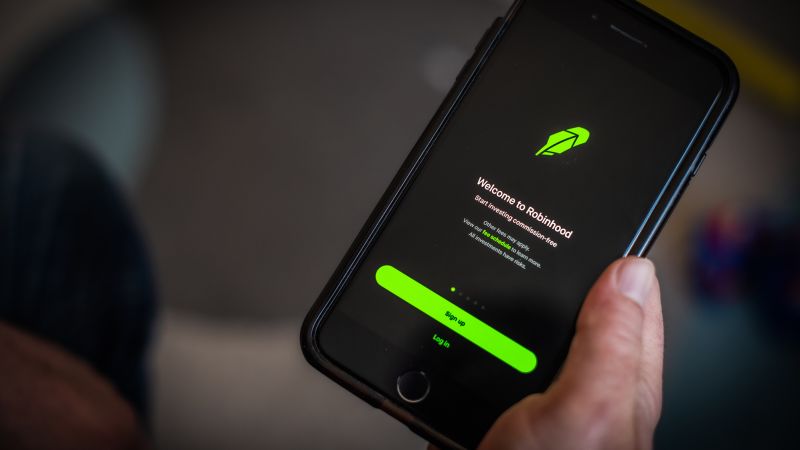New York
CNN Business
—
The prices of bitcoin and other top cryptocurrencies have been more than cut in half this year. Now the great crypto crash of 2022 is crushing leading digital asset brokerage firms Coinbase and Robinhood too.
Shares of Coinbase have lost nearly three-quarters of their value in 2022, and fell more than 10% Monday after Goldman Sachs analyst Will Nance slashed his rating on the company to a rare “sell.”
Nance attributed the downgrade to “the continued downdraft in crypto prices and the resulting fall in industry activity levels.” He added that recent layoffs at the company may not mark the end of pink slips either.
“We believe further cuts are needed, as the announced cost reduction effort merely brings headcount back to end-1Q22 levels,” Nance wrote, adding that Coinbase “will need to make substantial reductions in its cost base in order to stem the resulting cash burn as retail trading activity dries up.”
Nance estimates that Coinbase’s revenues will plunge more than 60% this year compared to 2021.
Meanwhile Robinhood has plummeted nearly 50% so far this year, leading to speculation that the company, which went public last year, might be a takeover target for the red hot privately held crypto unicorn FTX, which has a valuation of $32 billion.
Bloomberg reported Monday that FTX, led by 30-year-old billionaire Sam Bankman-Fried, was considering a possible deal for Robinhood. Shares of Robinhood surged 14% on the news.
Robinhood had no comment on Monday’s Bloomberg report. Bankman-Fried said in a statement to CNN Business that “there are no active M&A conversations with Robinhood,” even though FTX is “excited about Robinhood’s business prospects and potential ways we could partner with them.” Shares of Robinhood pulled back Tuesday.
Bankman-Fried disclosed in May that he had bought a 7.6% stake in Robinhood.
In a Securities and Exchange Commission filing At the time, Bankman-Fried said he believes Robinhood shares “represent an attractive investment” but noted that his stake is meant to be a passive investment and he does “not currently have any of taking any action toward changing or influencing the control of Robinhood.”
The digital trading platform has struggled since going public last year and its stock is now trading at around $9 a share, more than 75% below its initial public offering price of $38 and nearly 90% off its peak of $85. The meltdown in crypto and the broader stock market —especially the implosion of so-called meme stocks — has hurt Robinhood.
Robinhood has racked up losses since the IPO and is expected to continue to report red ink for the rest of this year and 2023. Revenue has tumbled this year as well. And Robinhood, like Coinbase, has announced layoffs.
Still, some on Wall Street continue to express optimism about Robinhood’s future.
Analysts at Mizuho Americas wrote in a report Tuesday that if a deal with FTX were to materialize, that would help Robinhood “expand its reach and breadth.” The Mizuho analysts added that they also think Robinhood “can survive, and thrive, on its own.”
And Goldman Sachs’ Nance said in Monday’s Coinbase report that he was upgrading Robinhood to a “neutral” from a “sell.”
Nance’s reasoning for the nudge upward? Robinhood’s market valuation was about $6.5 billion prior to Monday’s FTX rumor-fueled stock pop, only slightly higher than the $6.2 billion in cash on its balance sheet, suggesting a limited downside.
But he added that Robinhood’s “fundamentals are still very weak … as continued declines in retail trading risk appetite have weighed on active users.”
.

